blog
Interview with photographer Emily Allen
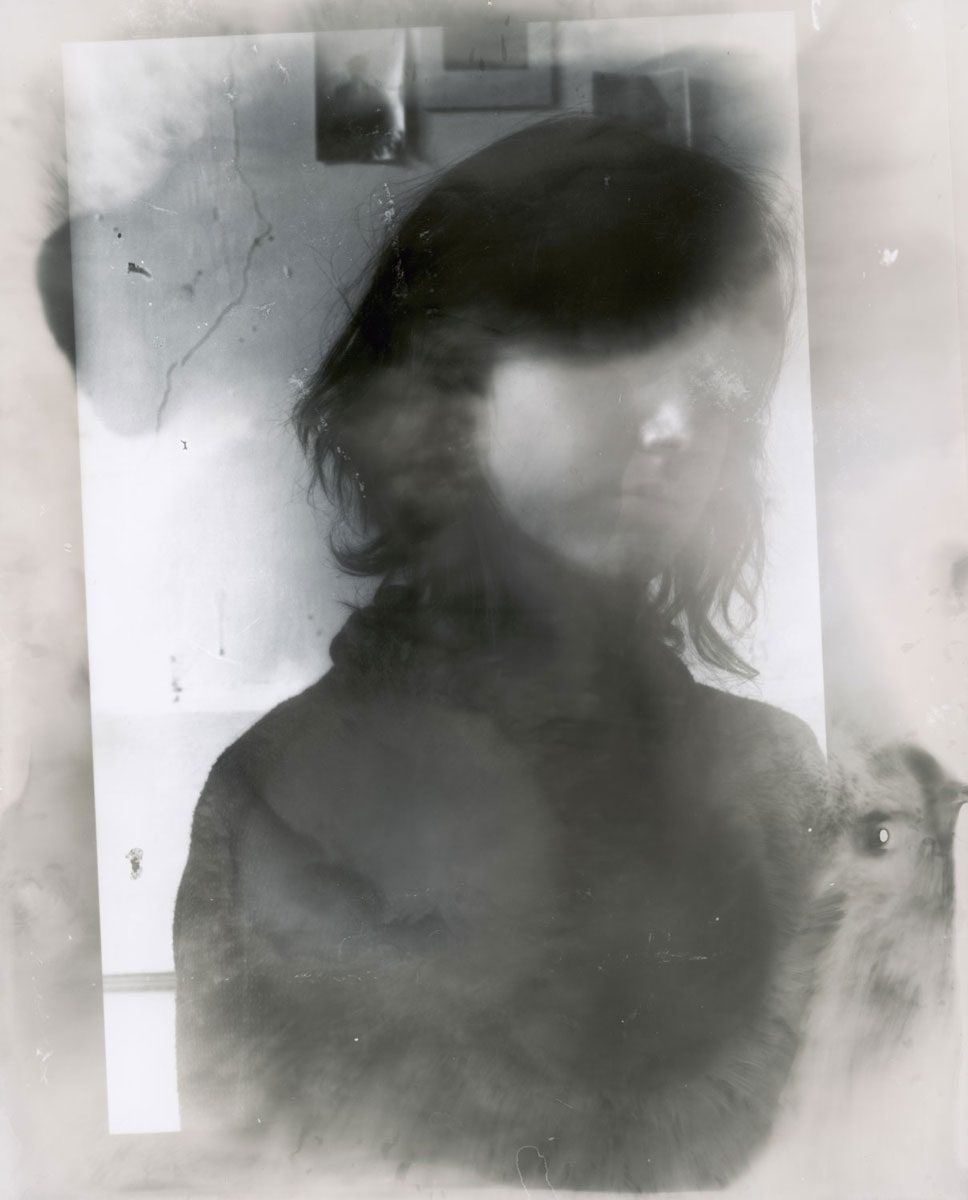
Self Portrait © Emily Allen
Emily Allen’s work felt immediately accessible when I saw her portfolio, and it also drew me in to ask further about her inspirations and creative practice. I was very pleased to interview her and ask about the work in her current ‘Sit Tibi Terra Levis’ project featured in Issue 116 – Portfolio.
Cary Benbow (CB): What was your start into photography? Did you first have a background in the classics, then pivot to also working in visual arts?
Emily Allen (EA): Actually, it’s the opposite! I got my first camera when I was about six. I have a huge archive of images from running around with my little sister playing with our tiny point and shoot cameras as we grew up. We would stage photoshoots for our toys, document the food at our family gatherings, or just goof off in front of the lens. I was always “the art kid” in school and spent a lot of time in the art room after school working on drawings and paintings, but I loved all the subjects I was taking. The camera had always been there in the background, but it wasn’t until the encouragement of my high school art teacher that I began to take art, specifically photography, more seriously. I took a photography class for the first time in my first semester at Bard, and fell in love with film and the darkroom.
In my second year at Bard I took a Latin class by chance and discovered classics. For me, there is a comfort in the patterns and methodical problem solving that comes with learning an ancient language that reminded me of calculus (one of my favorite subjects in high school!). My artistic process is intuitive and often sporadic, and I found that studying Latin encouraged me to think in a way I didn’t know I had been missing. But I think my love for both photography and classics stem from a similar place. I am constantly enamored by reading the actual words from two thousand years ago: feeling a connection to another person who lived and died so long ago. Photography builds bridges across time too, capturing a moment that someone thousands of years from now might see and feel connected to.
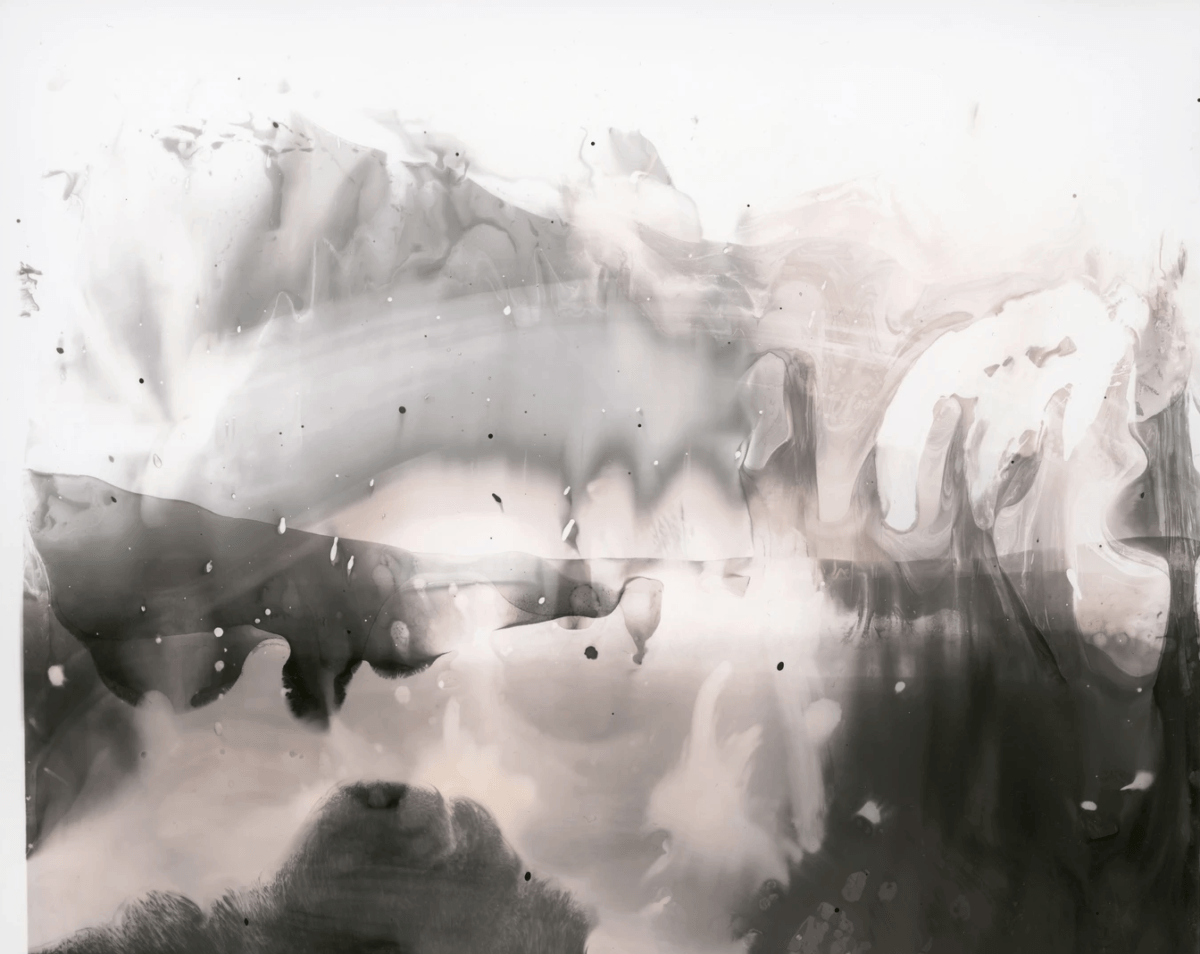
From sit tibi terra levis © Emily Allen
CB: What inspires your photography? What kind of stories do you wish to tell in this portfolio of images, or your other work?
EA: This is a tricky question – I’m inspired to create photographs for different reasons. Sometimes the world is just beautiful, and I want to share that beauty. Sometimes I want to remember a moment or a relationship with someone. Sometimes I photograph because I am confused or upset, and want to translate my inner world into something I can see and understand. Overall, I want to tell my story through my work.
With this portfolio, I hope to draw attention to photography as a process and an object and its humanity- its connection to death, to life, and to memory. I hoped to draw attention to death in a way that is not scary, but is nevertheless an inevitable part of everyone that shouldn’t be ignored. But maybe I’m just trying to convince myself not to be afraid.
CB: Since you work both directly ‘in camera’ to create work, and via darkroom processes to reach a final image – In your opinion, what makes a good photograph?
EA: I don’t have one strict definition of what a “good photograph” can be, or even what a photograph can be. Literally the word photograph means “light drawing” – to me anything made using light sensitive materials and light is a photograph whether it is representative of our physical world or not. But for me, when I’m looking at images I’m looking for some kind of resonance. Sometimes it’s a perfect and comforting composition, or a gorgeous treatment of color, and sometimes it’s an unexpected use of the medium, or an emotion the image triggers. A good photograph convinces me of the reality in the world within the boundaries of the paper – I have to believe in it. I love when photographs feel like bubbles, each containing their own little universes.
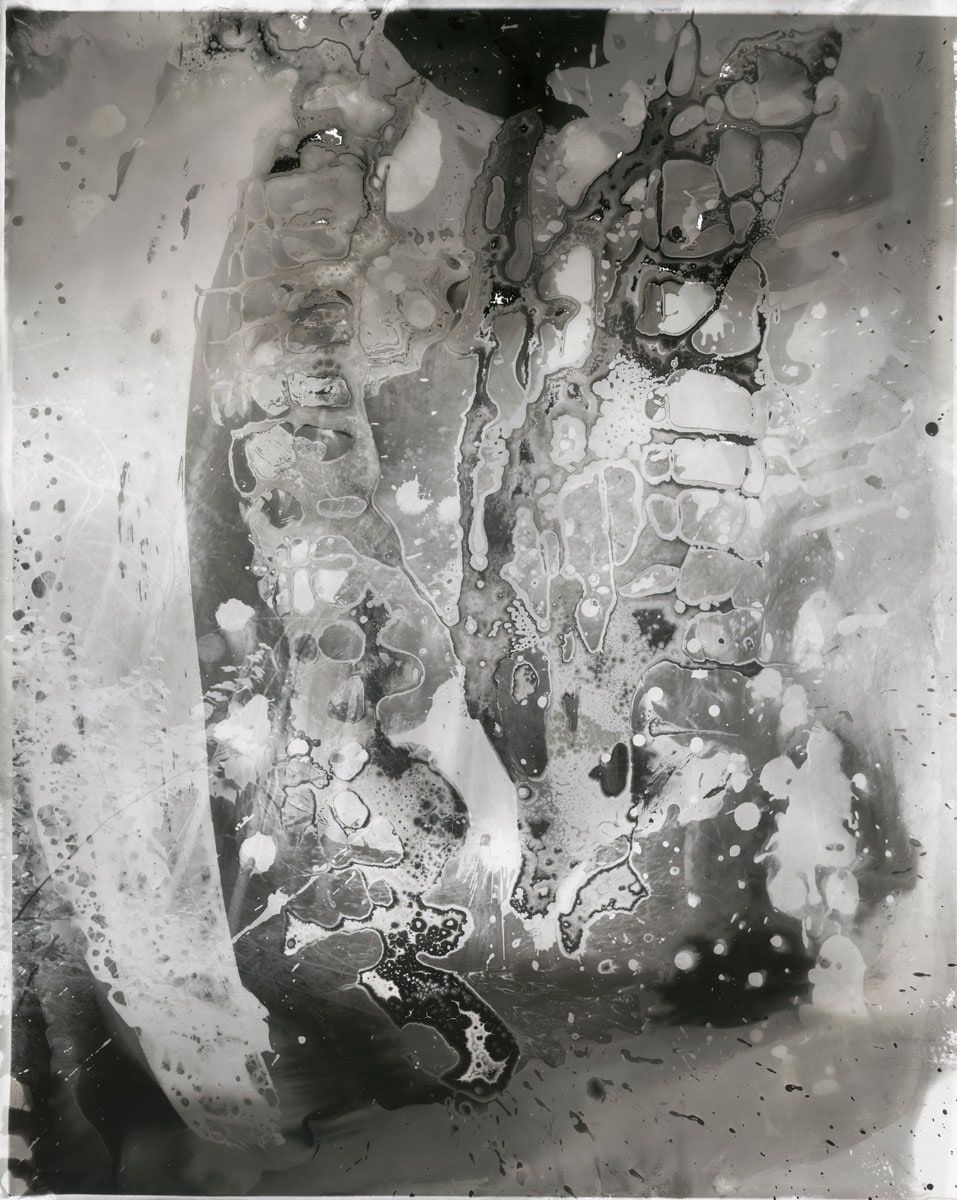
Forest © Emily Allen
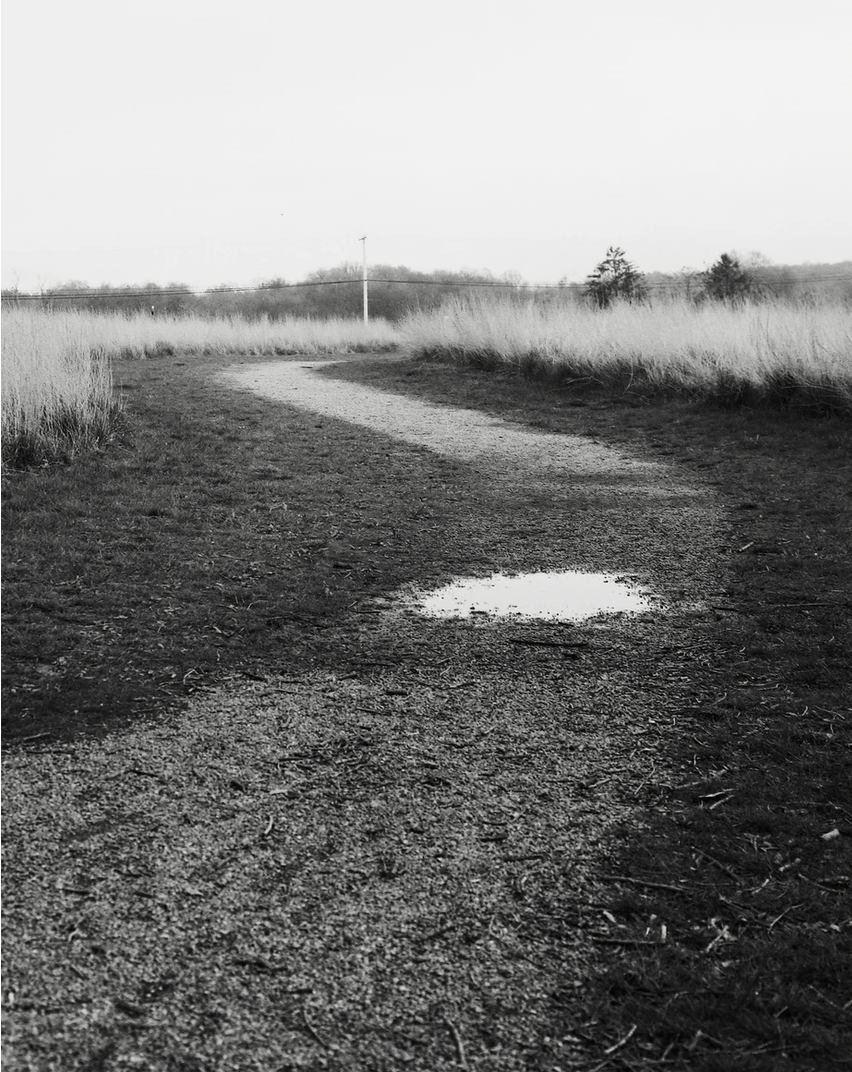
Thin Places © Emily Allen
CB: You’ve mentioned some of the physical processes, such as over-fixing images, etc as part of your creative practice – and I wonder if you would like to discuss/expand on the idea of parallels between chemical processes in photography and ‘our’ life experience as organic, sentient beings.
EA: I love thinking about the parallels between us and the things we create, including photography. Art to me is inseparable from life. I always return to Paleolithic cave paintings, handprints that contain ancient human breath and DNA (the artist exhaled through a straw, spraying the pigment onto the wall). But the handprints outlived the hands, they’ve aged and changed and experienced in ways human hands could not. A photograph to me is no different. It is both a trace of someone’s existence and its own existence. A portrait is a trace of a person, but everyone who looks at the portrait will think something different about the person it depicts. But the contents of a photograph will always be frozen in time; even if the paper or film ages, the image will always be that one moment in that one place in that one year. A photograph contains life, but is a constant reminder of death and time. In ‘Sit Tibi Terra Levis’, I want to draw attention to these ideas by using chemistry – the process of creation and destruction for both photographs and our bodies. Instead of just creating the image in the darkroom and fixing it in a more traditional process, I wanted to make them a little more human. I used the techniques we use to attempt to preserve ourselves throughout history to preserve my images. For example, honey was used in embalming processes by the Babylonians because of its antibacterial properties. It would slow decomposition by slowing the bacteria that eventually will break our bodies down into soil. Of course though, putting honey on a print prevents the image from developing and fixing properly. It has the opposite effect as it would on the human body – degrading instead of preserving. I’m so fascinated by these kinds of similarities and subversions, and that is a big part of my excitement about this project.
CB: Do you keep a journal, or do you keep notes or write about the ideas behind your work? If so, would you share a meaningful entry?
EA: I don’t keep narrative journals per se, but I do jot down notes, phrases, or ideas that feel important to me and the project I’m working on. In the very beginning stages of the project, one of my photography professors was telling this ridiculous story in class about her friend. She said her friend’s dog had just died, and she had gone to see a dog psychic because she wanted to know if her dog was doing well in dog heaven, or wherever dead dogs go. And the dog psychic contacted the dead dog, and said to my professor’s friend that her dog was happy and eating lots of treats. Her dog said that she shouldn’t worry, because “I’m so big without my skin.” I was struck by how beautiful the phrase was. It forced me early on to think about skin, about what contains a photograph, and how a photograph could be “without skin.”
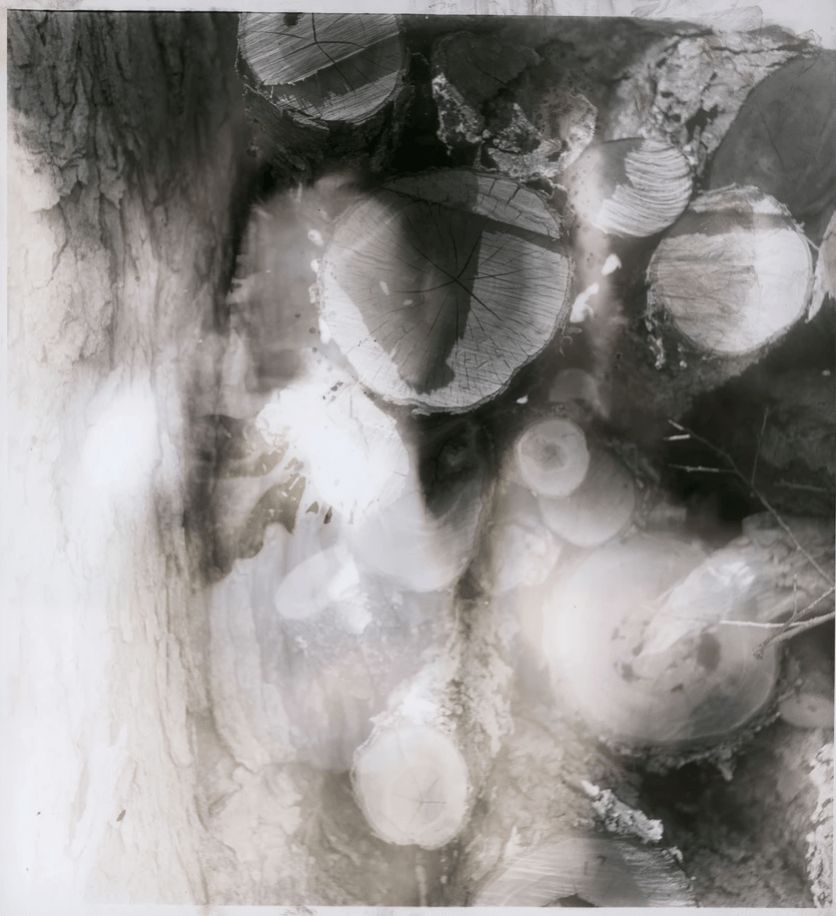
Logs © Emily Allen
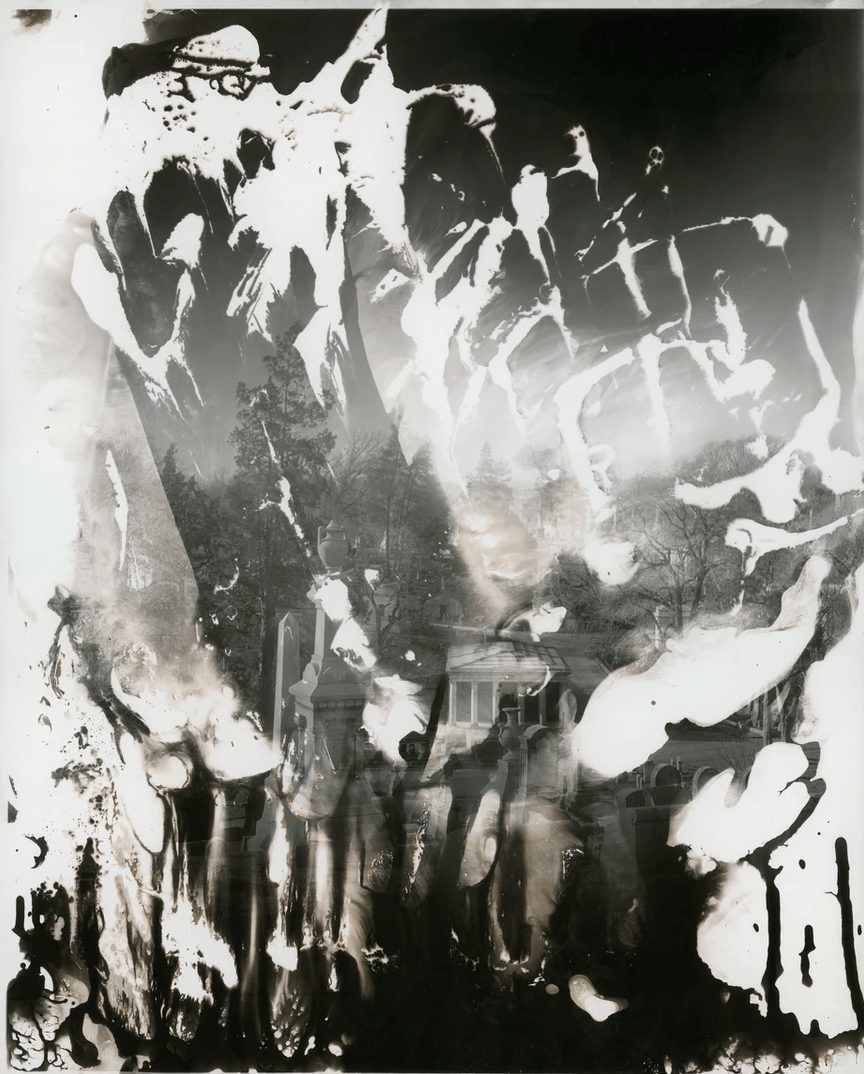
Laurel Hill © Emily Allen
CB: What advice would you give to someone who wants to take on projects like yours?
EA: Keep experimenting and trying new things! If you have a crazy idea – try it out, because why not? It doesn’t have to mean anything to you consciously at the time, trust yourself and your intuitions to lead you to something meaningful. But always remember that photography is a visual art, and even though your images are experimental they still need to be visually strong for people to connect with them.
::
Emily Allen was born in Phoenixville, Pennsylvania in 1999. She completed her BA in photography at Bard College in May of 2022, and currently lives and works outside of Philadelphia. Emily’s work has been described as romantic, quiet, atmospheric, and intimate. Her practice involves self portraiture, and she is always experimenting with new techniques in the camera and in the darkroom as she explores herself and the world around her. In addition to her photographic work, Emily studied classics and medieval studies at Bard. She is a violinist, painter, and nature enthusiast who keeps an extensive indoor houseplant garden. Most recently, she completed an Ancient Greek Intensive at the Latin/Greek Institute in New York City.
Location: Online Type: Black and White, Featured Photographer, Interview
Events by Location
Post Categories
Tags
- Abstract
- Alternative process
- Architecture
- Artist Talk
- artistic residency
- Biennial
- Black and White
- Book Fair
- Car culture
- Charity
- Childhood
- Children
- Cities
- Collaboration
- Community
- Cyanotype
- Documentary
- Environment
- Event
- Exhibition
- Faith
- Family
- Fashion
- Festival
- Film Review
- Food
- Friendship
- FStop20th
- Gender
- Gun Culture
- Habitat
- Hom
- home
- journal
- Landscapes
- Lecture
- Love
- Masculinity
- Mental Health
- Migration
- Museums
- Music
- Nature
- Night
- nuclear
- p
- photographic residency
- Photomontage
- Plants
- Podcast
- Portraits
- Prairies
- Religion
- River
- Still Life
- Street Photography
- Tourism
- UFO
- Water
- Zine

Leave a Reply